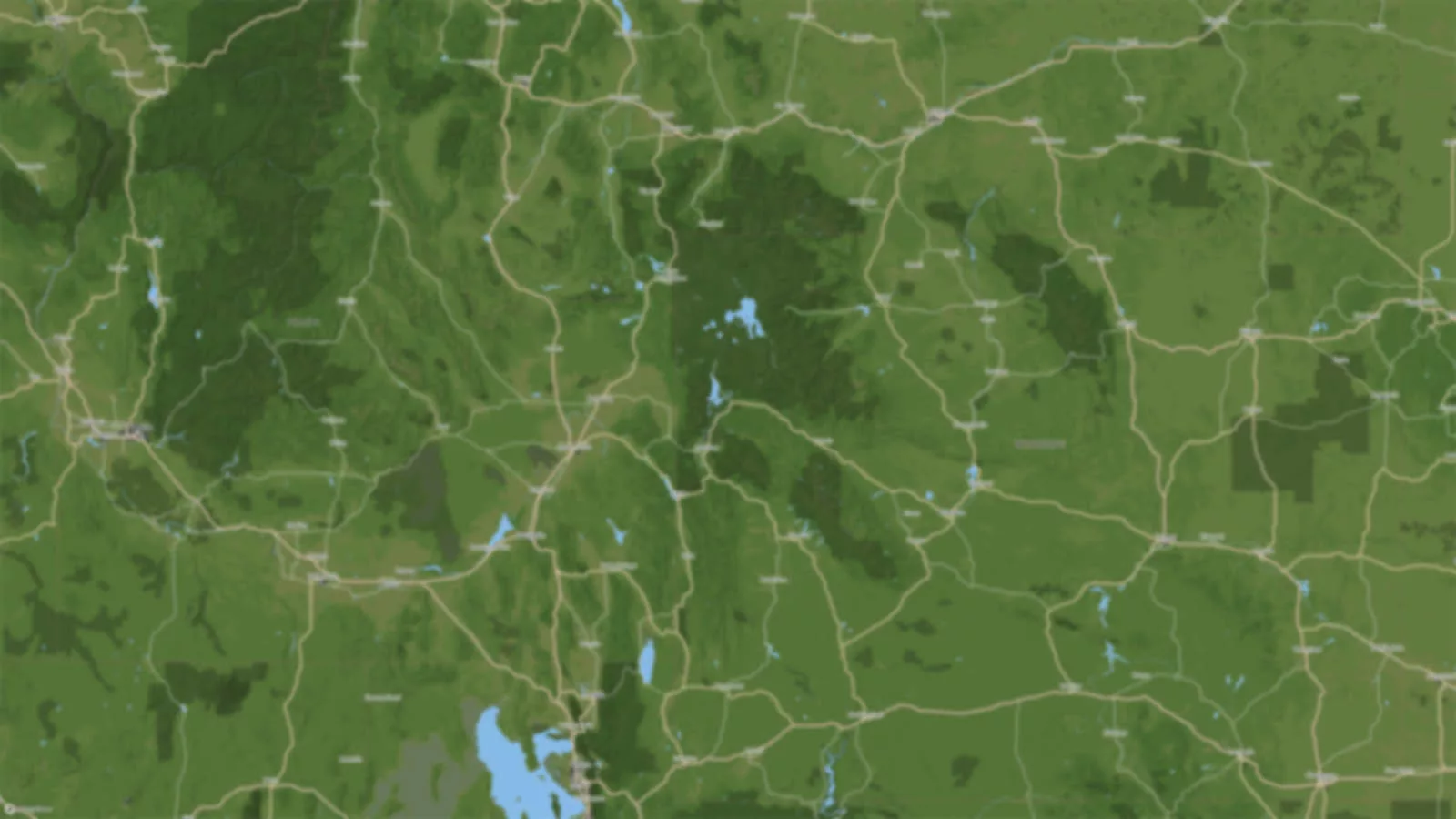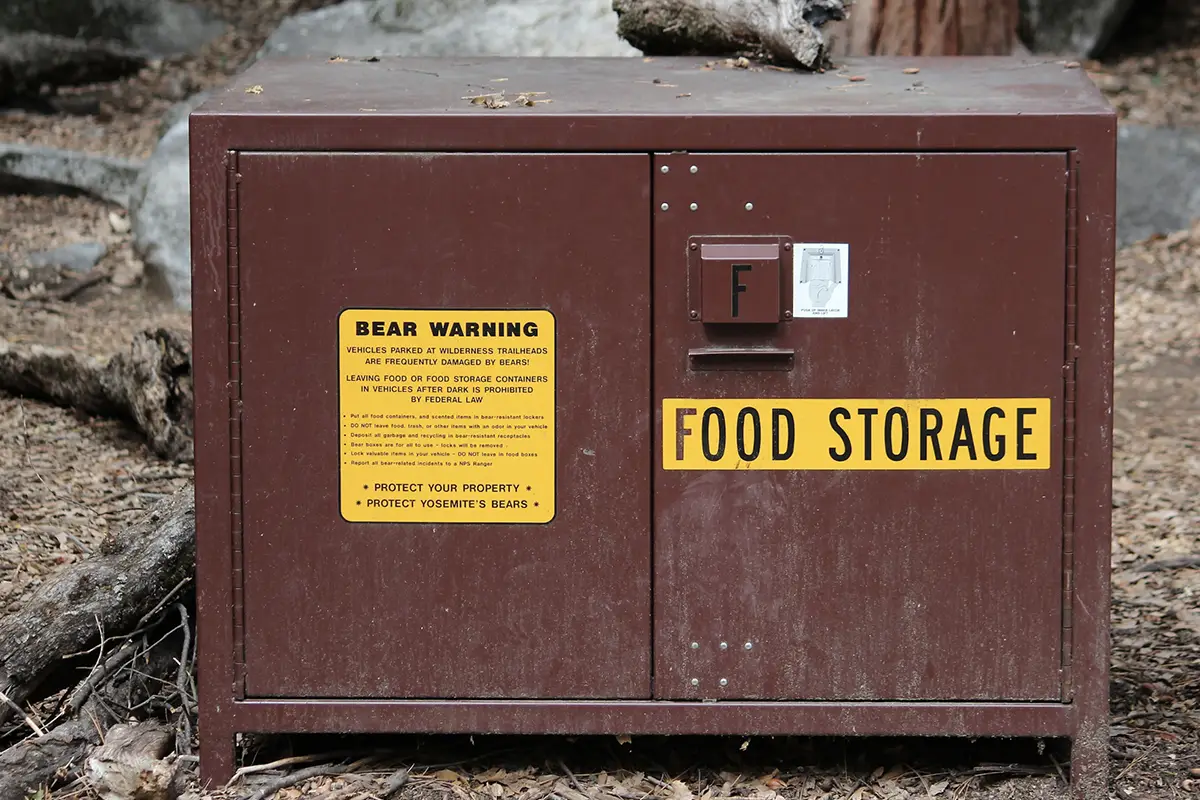
Stay Safe with Food Storage
Teton County, WY is 97% public land which includes Yellowstone National Park, Grand Teton National Park, and portions of the Bridger-Teton and Caribou-Targhee National Forests. Food storage regulations vary depending on where you are at. The interactive map provided shows the areas where food storage is required. These food storage orders are in place to prevent conflicts with bears. Bears that receive human food rewards can become aggressive, which ultimately leads to them being euthanized.
IMPORTANT NOTE: There may be Food Storage Orders in other National Forests especially those in proximity to Yellowstone and Glacier National Parks, please take note that the interactive map only shows areas within close proximity to Teton County, WY.
Yellowstone National Park
Bears can be found throughout Yellowstone National Park, from the deep backcountry to the Old Faithful boardwalks. Proper food storage is absolutely necessary in order to protect both people and bears. Never leave food or other attractants (anything with an odor) unattended unless it is properly secured.
In front-country areas (e.g. campgrounds and trailheads) food and other attractants should be:
- Locked in vehicles with the windows closed.
- In bear-proof food storage boxes provided at many front-country campsites.
In backcountry areas food and other attractants should be:
- Hung from a pole at least 10 ft from the ground and 4 ft from tree trunks or other supporting structures while not in use.
- Stored in a Interagency Grizzly Bear Committee (IGBC) approved hard sided backpacking container, panniers/boxes, or cooler.
Never keep food or anything with an odor in your tent, and at backcountry sites set up your tent at least 100 yards upwind from where you cook, eat, and clean dishes.
To learn more: https://www.nps.gov/yell/planyourvisit/campinginbearcountry.htm
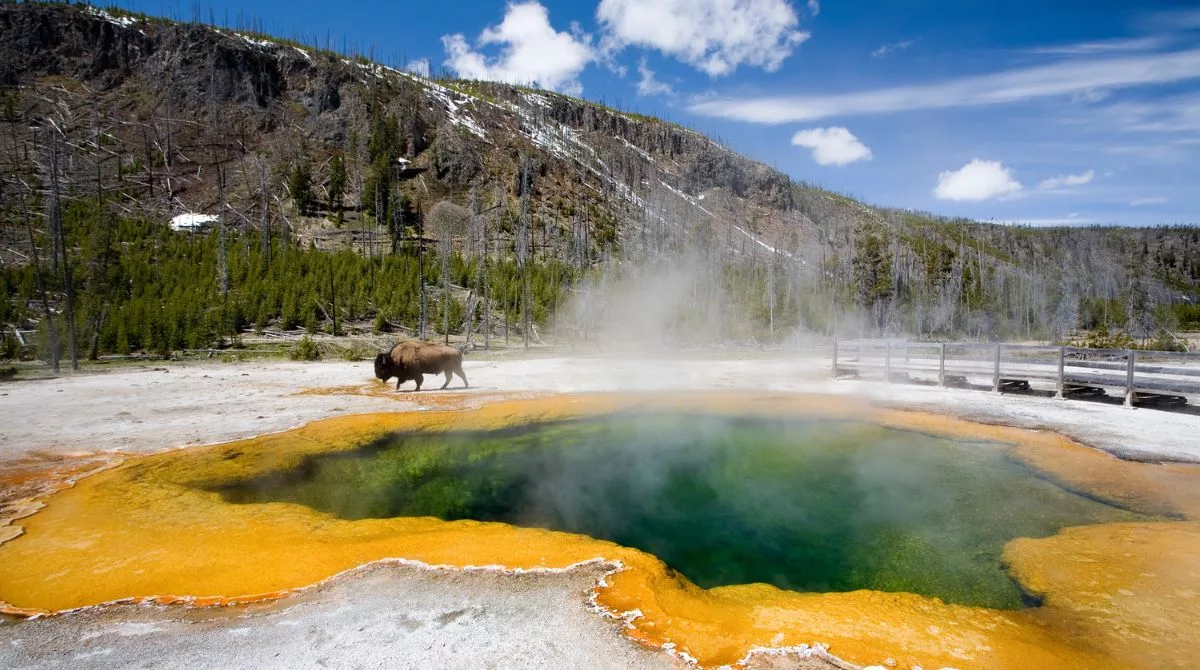
Grand Teton National Park
Grand Teton National Park is home to both grizzly and black bears. Grand Teton National Park has many campsites that are above tree line where hanging food is not possible; therefore, backcountry campers must carry a hard sided IGBC approved bear canister. Proper food storage is absolutely necessary in order to protect both people and bears. Never leave food or other attractants (anything with an odor) unattended unless it is properly secured. Odors can attract bears into campgrounds, picnic areas and backcountry campsites.
In front-country areas (e.g. campgrounds and trailheads) food and other attractants should be:
- Locked in vehicles with the windows closed.
- In bear-proof food storage boxes that are provided at many front-country campsites.
In backcountry areas food and other attractants should be:
- Stored in a Interagency Grizzly Bear Committee (IGBC) approved hard sided backpacking container, panniers/boxes, or cooler.
- Bear canisters are available for use in the park for free at backcountry permitting locations.
- Ursack brand food storage bags are not permitted.
- In a food storage box (only available at lakeshore backcountry sites).
Always remember that you should never keep food or anything with an odor in your tent, and at backcountry sites set up your tent at least 100 yards upwind from where you cook, eat, and clean dishes.
To learn more: https://www.nps.gov/grte/planyourvisit/bear-recreation.htm
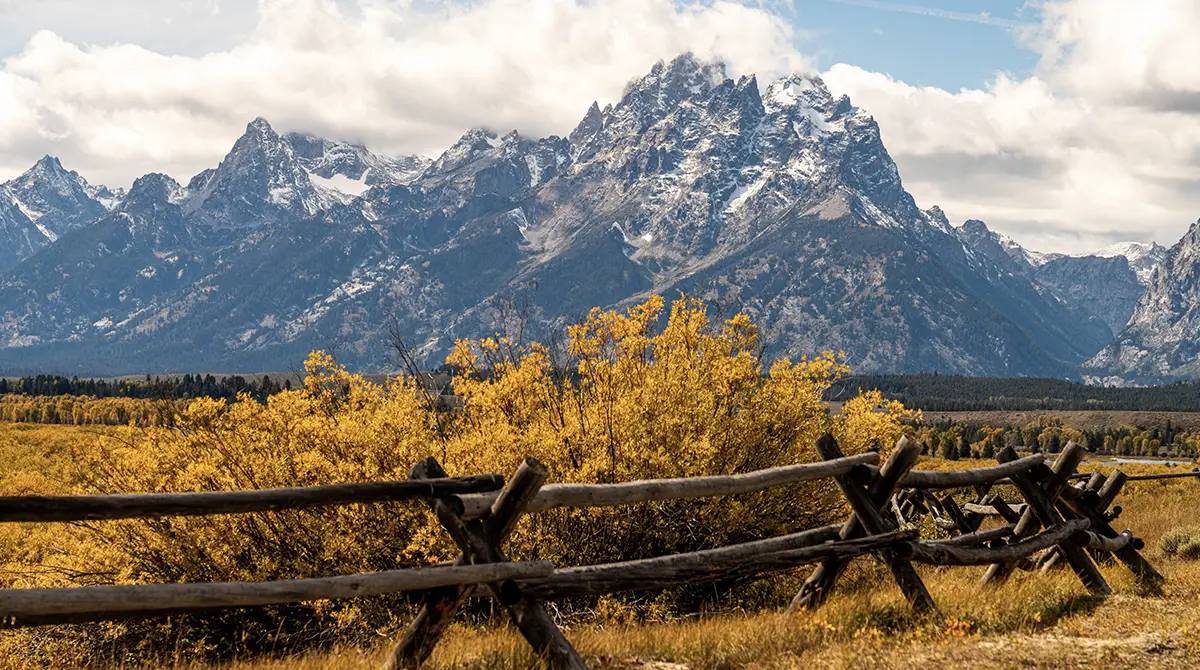
Bridger-Teton National Forest
Both grizzly and black bears are present in the Bridger-Teton National Forest (BTNF). Food storage regulations within the BTNF are a little more nuanced than they are in our national parks, because our national forests are managed for multiple use (recreation, hunting, grazing, logging etc…). There are food storage regulations in effect annually from March 1 to December 1 in “Described Area A”, and March 1 to January 15 in the “Described Area B” of the BTNF. For more information about BTNF regulations please see the Food Storage Order prior to your visit. While the food storage orders are is in effect the following information applies:
In front-country areas (e.g. campgrounds and trailheads) food and other attractants should be:
- Locked in vehicles with the windows closed, in a trailer, or hard sided structure that is inaccessible to a bear.
- In bear-proof food storage boxes that are provided at many front-country campsites.
- Stored in a Interagency Grizzly Bear Committee (IGBC) approved hard sided containers, panniers/boxes, or cooler. Coolers require the use of bolts or padlocks in corners to be bear-resistant.
- Surrounded by an electric fence designed to exclude bears.
In backcountry areas food and other attractants should be:
- Stored in a Interagency Grizzly Bear Committee (IGBC) approved hard sided backpacking container, panniers/boxes, or cooler.
- Bear cannisters and Ursack brand food storage bags may be rented from local BTNF offices.
- In a food storage box.
- Surrounded by an electric fence designed to exclude bears.
- Hung from a pole at least 10-15 feet from the ground and 4 feet from tree trunks or other supporting structures while not in use.
Always remember that you should never keep food or anything with an odor in your tent, and at backcountry sites set up your tent at least 100 yards upwind from where you cook, eat, and clean dishes.
To learn more: BTNF Bear Safety and Food Storage Order

Caribou-Targhee National Forest
Both black and grizzly bears exist in the Caribou-Targhee National Forest. The Caribou-Targhee National Forest (CTNF) Food Storage Order is effective from March 1 to December 1. This directive’s goal is to reduce the interaction between humans and bears to safeguard public safety and wildlife. Forest users must be awake and stay within 100 feet of unsecured food at all times. While your food is not in use it must be properly secured and the following rules apply:
In front-country areas (e.g. campgrounds and trailheads) food and other attractants should be:
- Locked in vehicles with the windows closed, in a trailer, or hard sided structure that is inaccessible to a bear.
- In bear-proof food storage boxes that are provided at many front-country campsites.
- Stored in a Interagency Grizzly Bear Committee (IGBC) approved hard sided containers, panniers/boxes, or cooler.
- Surrounded by an electric fence designed to exclude bears.
In backcountry areas food and other attractants should be:
- Stored in a Interagency Grizzly Bear Committee (IGBC) approved hard sided backpacking container, panniers/boxes, or cooler.
- In a food storage box.
- Surrounded by an electric fence designed to exclude bears.
- Hung from a pole at least 10-15 feet from the ground and 4 feet from tree trunks or other supporting structures while not in use.
Always remember that you should never keep food or anything with an odor in your tent, and at backcountry sites set up your tent at least 100 yards upwind from where you cook, eat, and clean dishes.
To learn more: CTNF Bear Safety and Food Storage Order
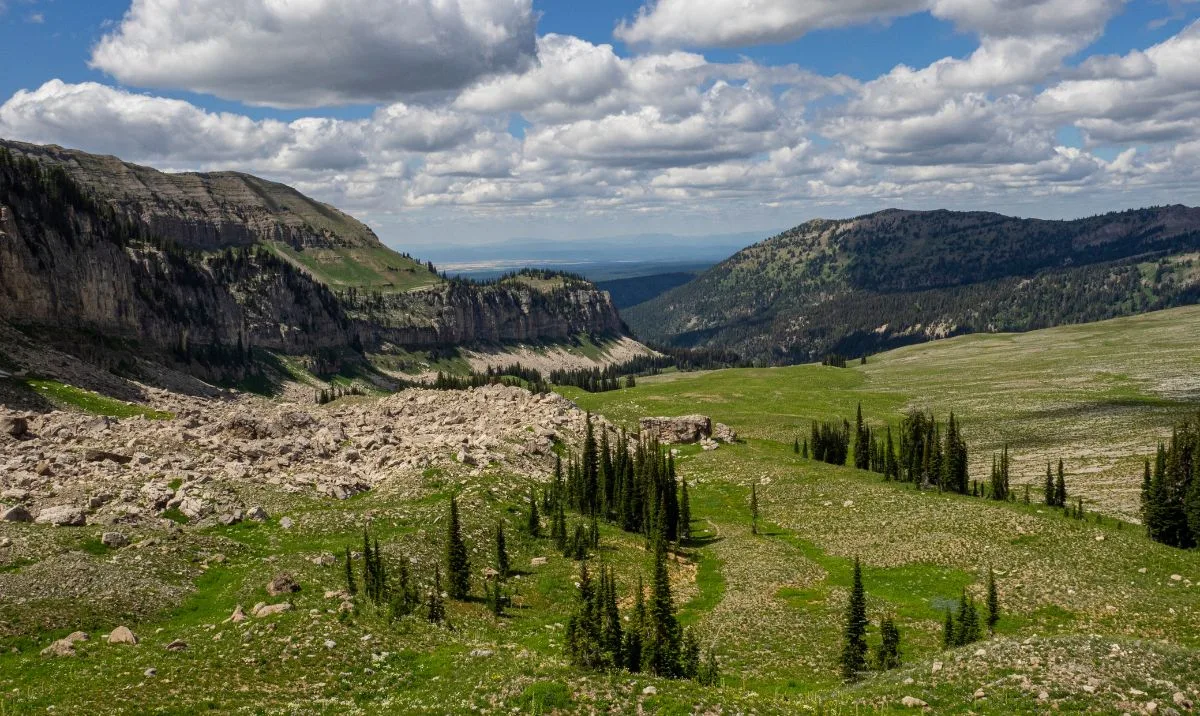
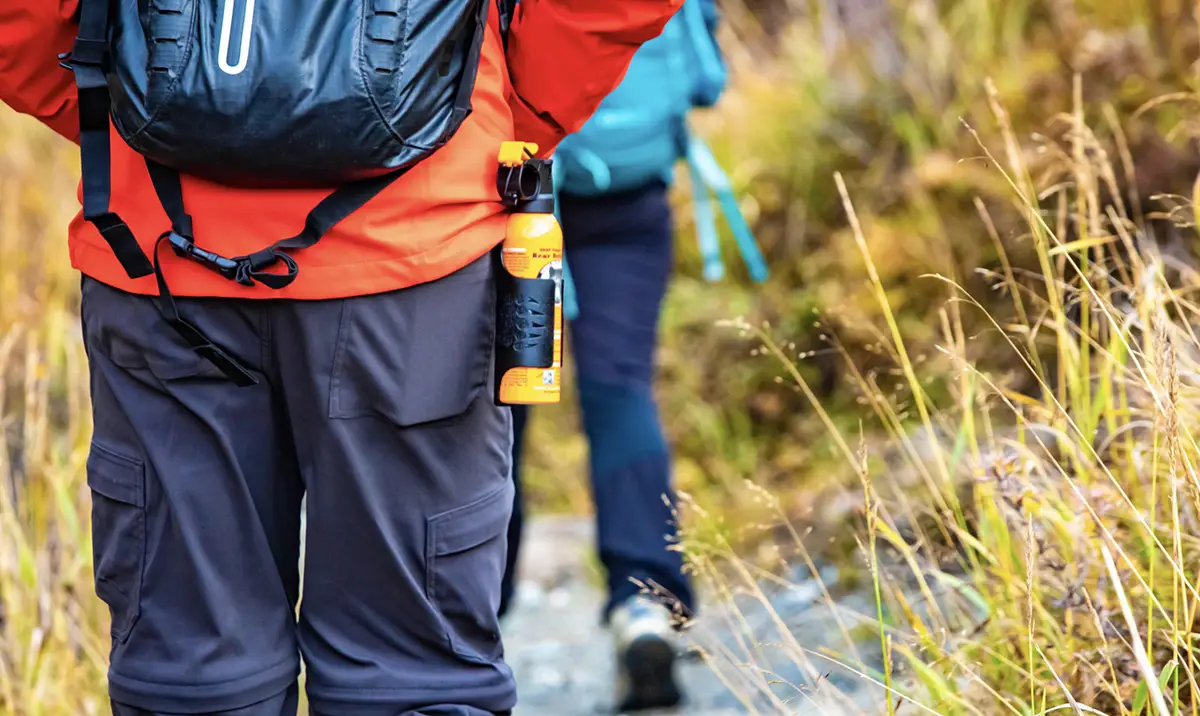
Bear Spray
In the event of a bear-human confrontation, bear spray is vital because it deters black and grizzly bears.
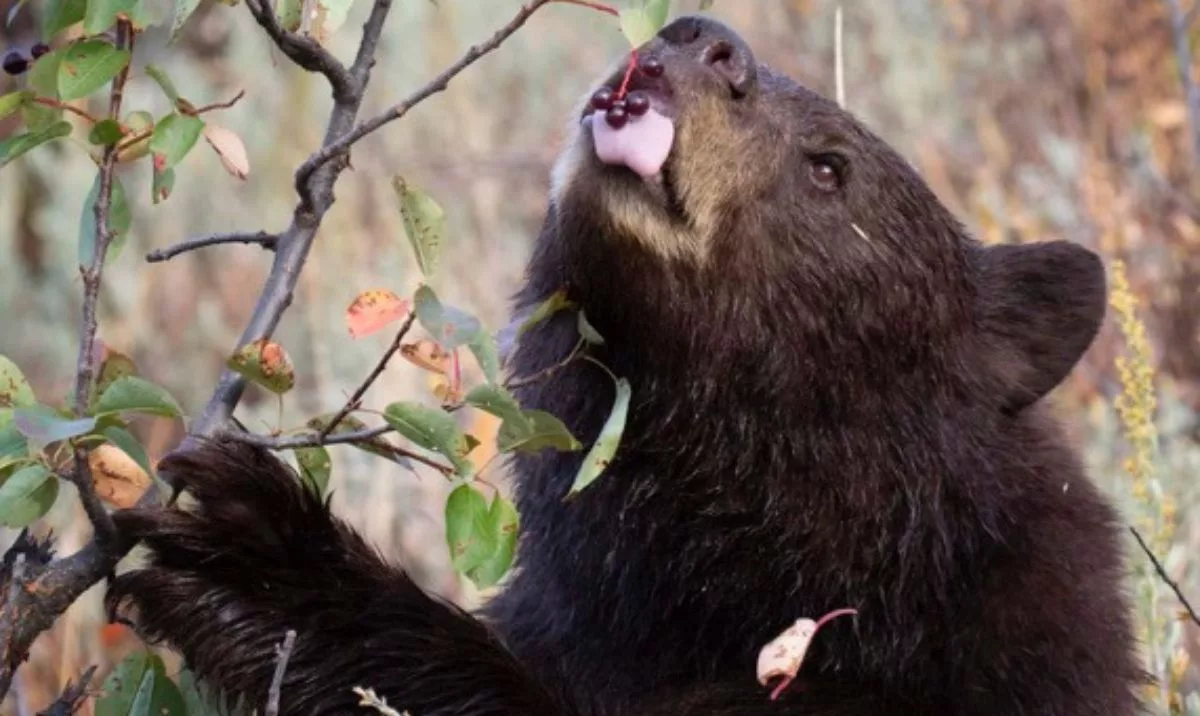
On the Trails
It’s important to keep a safe distance from bears, whether you’re on the road or on a hike. Staying back allows the bear to retreat and behave naturally.
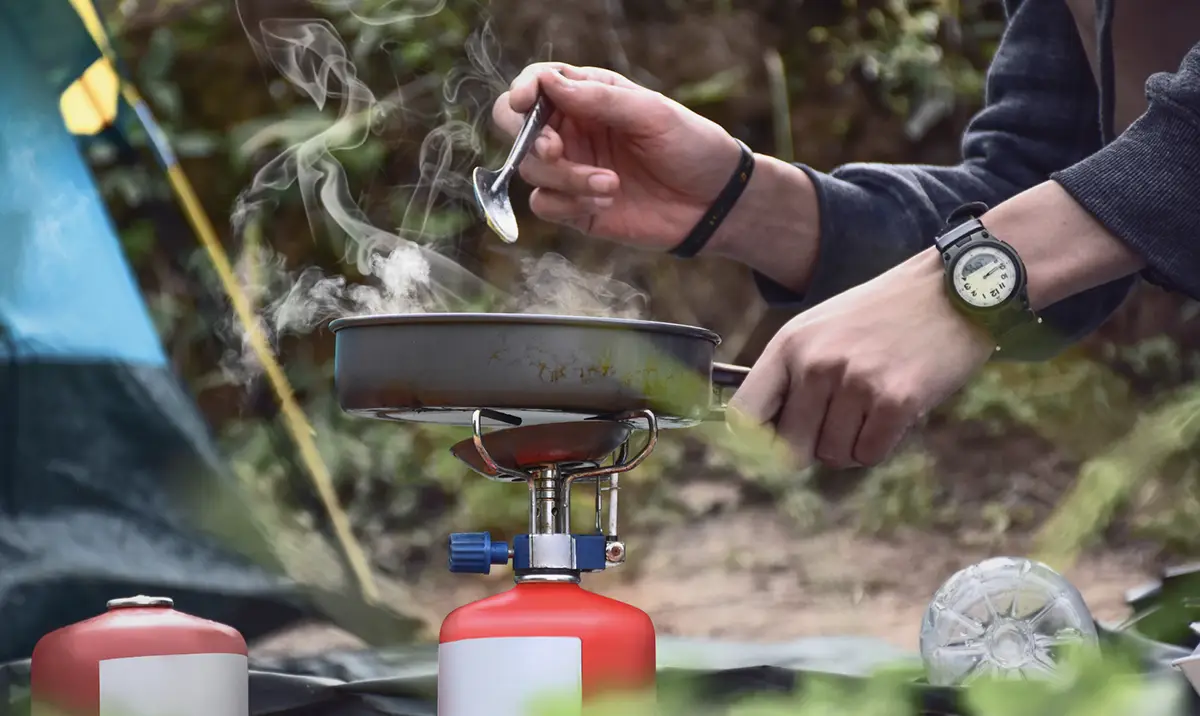
Camping
Safety and being Bear Wise while camping in Wyoming are essential for a fun, safe camping trip. These precautions reduce bear-related dangers.


